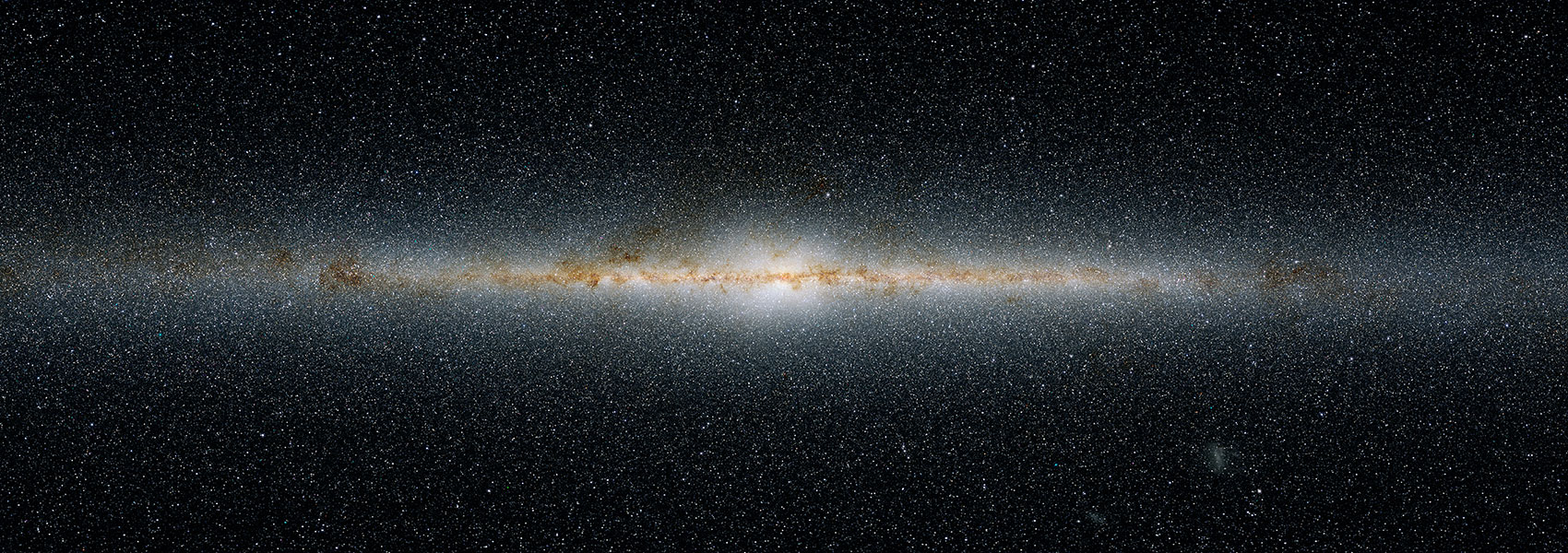June
2006
•
2006AJ....131.2949S
Authors
•
Sobeck, Jennifer S.
•
Ivans, Inese I.
•
Simmerer, Jennifer A.
•
Sneden, Christopher
•
Hoeflich, Peter
•
Fulbright, Jon P.
•
Kraft, Robert P.
Abstract
•
We have derived Mn abundances for more than 200 stars in 19 globular clusters. In addition, Mn abundance determinations have been made for a comparable number of halo field and disk stars possessing an overlapping range of metallicities and stellar parameters. Our primary data set was comprised of high-resolution spectra previously acquired at the McDonald, Lick, and Keck Observatories. To enlarge our data pool, we acquired globular and open cluster spectra from several other investigators. Data were analyzed using synthetic spectra of the 6000 Å Mn I triplet. Hyperfine structure parameters were included in the synthetic spectra computations. Our analysis shows that for the metallicity range -0.7>[Fe/H]>-2.7, stars of 19 globular clusters have a mean relative abundance of <[Mn/Fe]>=-0.37+/-0.01 (σ=0.10), a value in agreement with that of the field stars, <[Mn/Fe]>=-0.36+/-0.01 (σ=0.08). Despite the 2 orders of magnitude span in metallicity, the <[Mn/Fe]> ratio remains constant in both stellar populations. Our Mn abundance data indicate that there is no appreciable variation in the relative nucleosynthetic contribution from massive stars that undergo core-collapse supernovae and thus no significant change of the associated initial mass function in the specified metallicity range.
Links



